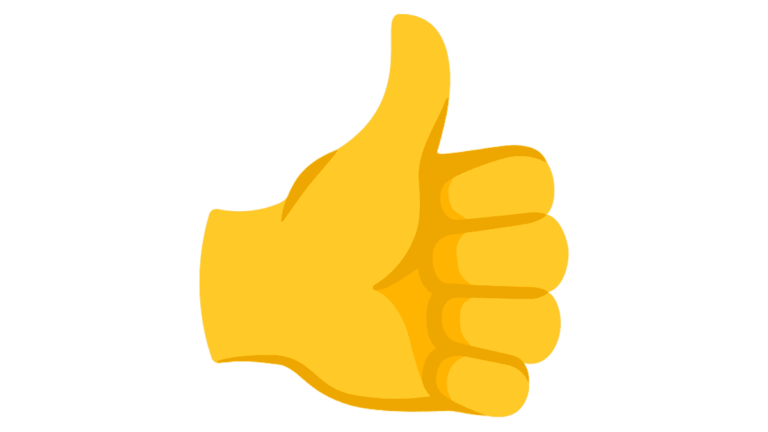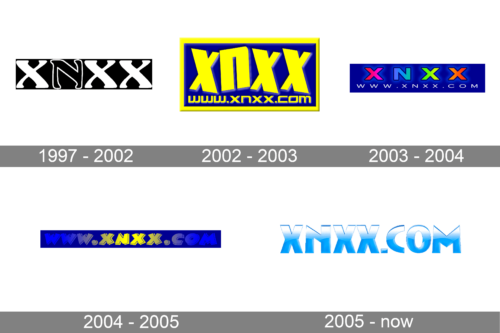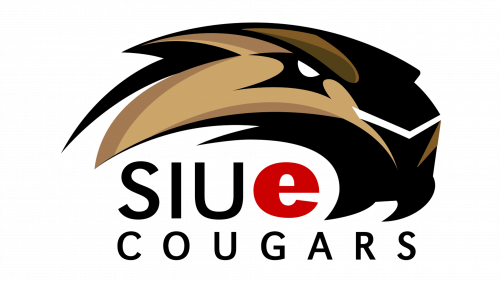
- Version
- Download 50
- File Size 25.04 KB
- File Count 1
- Create Date November 29, 2024
- Last Updated November 30, 2024
The Evolution and Impact of the Thumbs Up Emoji
The global rise of emojis can be traced back to Japan in the 1990s, where the term "emoji" itself originated. These expressive icons began with faces but soon expanded to include animals, objects, symbols, and gestures. Among them, the thumbs up emoji has emerged as one of the most widely recognized and versatile symbols in digital communication.
A Closer Look at the Thumbs Up Emoji
Visually, the thumbs up emoji depicts a hand with the thumb raised, fist closed, and the palm facing inward. It is oriented horizontally, pointing to the right. This gesture has been a part of Unicode since version 6.0, introduced in 2010 under the code U+1F44D. Users can include it in web content using the HTML code 👍. Additionally, this emoji comes in various skin tone options, ensuring inclusivity.
Its widespread adoption across devices means the thumbs up emoji is readily available in most digital contexts, further solidifying its role in global communication.
Interpretations and Uses
The thumbs up gesture has long symbolized approval and positivity in many cultures. In digital spaces, the emoji serves as a versatile shorthand for agreement, support, or appreciation. Social media platforms use it as a "like" button, while in personal or professional chats, it conveys affirmative sentiments such as “Great!”, “Cool!”, or “I support this.”
However, its usage isn't always straightforward. While the thumbs up emoji often signifies positivity, it can also be employed sarcastically, adding a layer of ambiguity to digital interactions.
Cultural and Generational Contexts
While the thumbs up is widely recognized as a gesture of approval in Western and European cultures, it holds entirely different connotations in other regions. In countries like Turkey, Greece, and parts of the Arab world, this gesture is considered offensive, akin to an insult. This cultural disparity highlights the importance of context in using seemingly universal symbols like emojis.
Generational differences also play a significant role in how the thumbs up emoji is perceived. Among older generations, it is a straightforward expression of approval. Conversely, younger users, particularly Generation Z, often interpret it differently. A 2021 survey by Perspectus Global found that 24% of respondents aged 16 to 29 considered the thumbs up emoji outdated. In some workplace discussions, it was even labeled as passive-aggressive.
This divide became a topic of debate on platforms like Reddit, where many Gen Z users suggested banning the emoji in professional settings. Despite this pushback, the thumbs up emoji remains widely used by those who appreciate its neutrality and adaptability across various contexts.
Controversies and Debates
The perception of the thumbs up emoji underscores the evolving nature of digital communication. While some view it as a harmless, versatile symbol, others see it as outdated or even problematic in certain settings. For digital communicators, the key takeaway is to be mindful of both cultural and generational nuances when using emojis like the thumbs up.
Ultimately, the thumbs up emoji continues to hold its ground as a universal symbol, bridging the gap between approval and sarcasm, support and dissent—depending entirely on who is on the receiving end.
| File | Action |
|---|---|
| Thumbs-Up-Emoji-768x432.png | Download |








